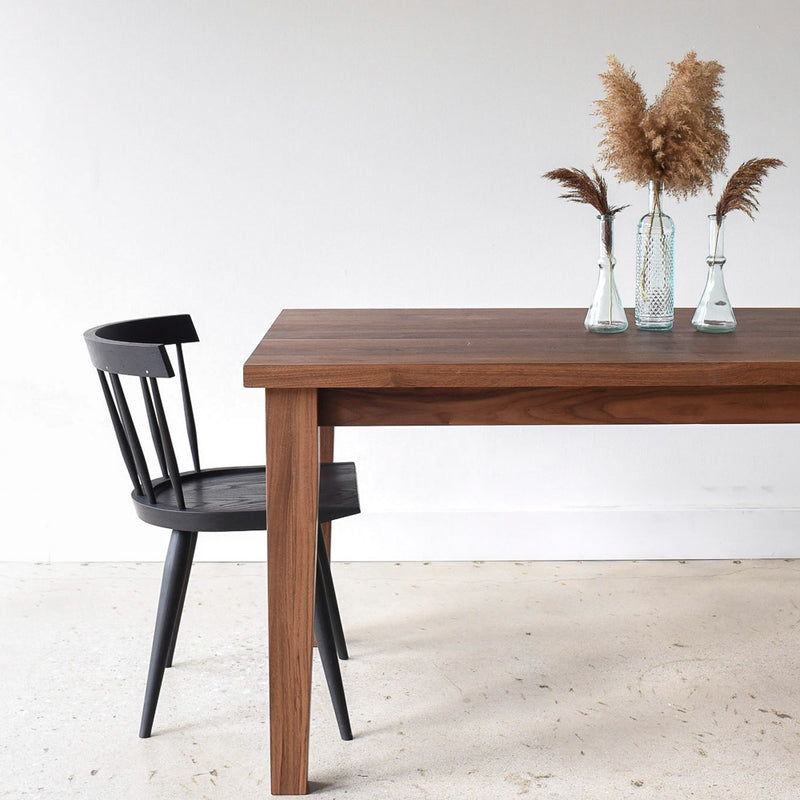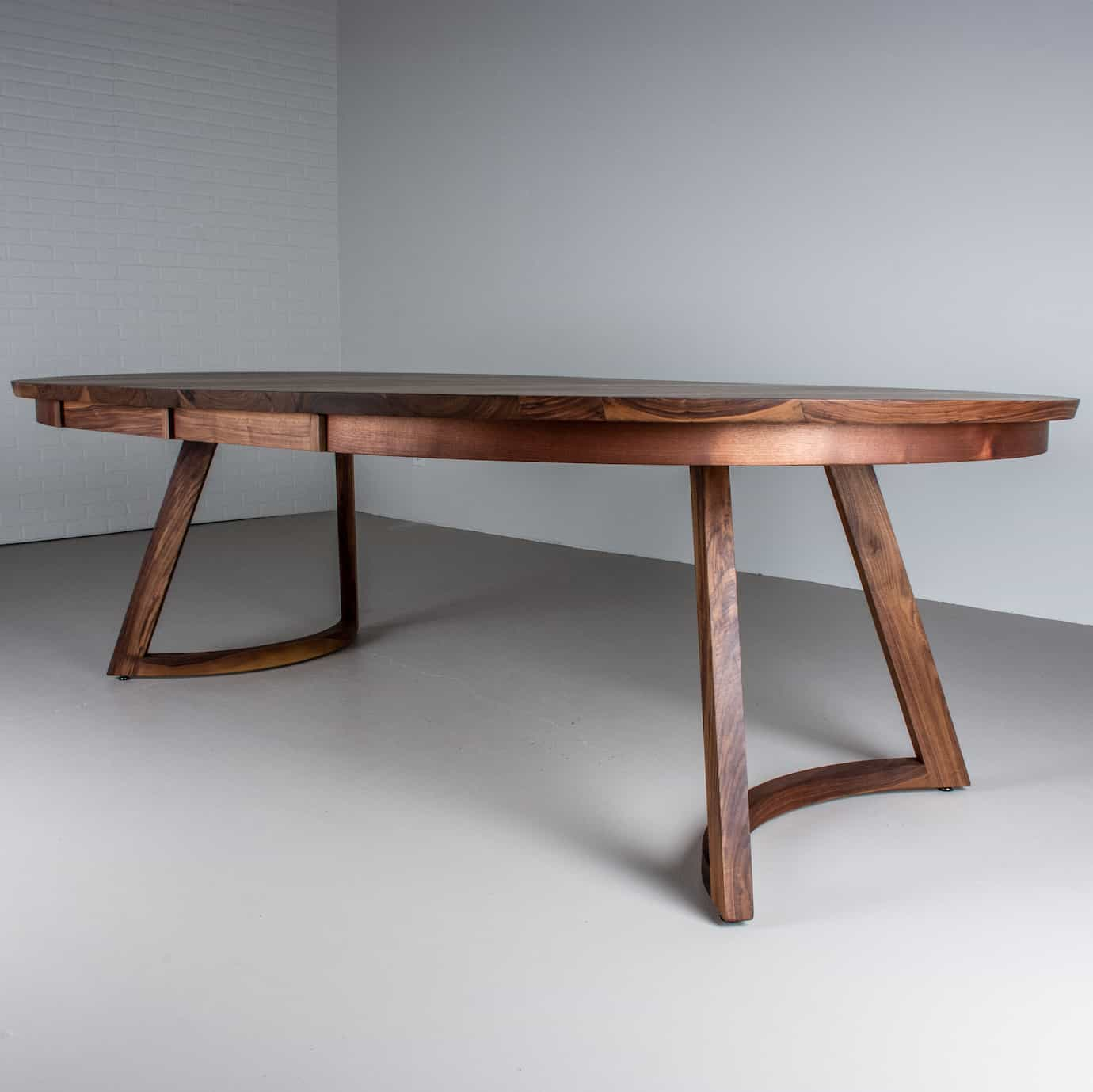What to Consider When Picking Table Legs Wood for Your Home.
When picking timber for eating table legs, several essential aspects call for cautious factor to consider to make certain both capability and visual allure. The kind of timber picked can dramatically affect the table's durability, security, and total design, while the upkeep demands might impact long-lasting functionality.

Relevance of Wood Type
When picking table legs, the option of timber kind plays an important duty in determining both aesthetic appeals and durability. Different wood varieties offer varying levels of weight, strength, and resistance to put on, which can significantly impact the performance and durability of the table. Woods such as maple, cherry, and oak are usually preferred for their durable nature and capacity to hold up against day-to-day usage. These timbers not just provide structural integrity but also resist dents and scratches better than softer alternatives.
On the other hand, softer woods like pine or poplar, while extra affordable, may not offer the very same level of resilience and may call for more frequent upkeep or replacement. The wood kind likewise influences the table's capability to withstand environmental variables such as humidity and temperature fluctuations. In addition, the option of wood can influence the simplicity of finishing and tarnishing, which can be vital for accomplishing the wanted appearance.
Visual Considerations
The aesthetic appeal of eating table legs significantly adds to the overall aesthetic of the eating space. Dining Table Legs Wood. When choosing timber for dining table legs, the grain coating, color, and pattern are critical components that can take away or boost from the room's style. Various wood types display differing appearances and tones; for example, oak provides a classic look with noticeable grain, while walnut offers a rich, dark sophistication
In addition, the form of the legs plays a vital duty in defining the table's character. Sleek, minimalist legs can produce a contemporary feeling, while a lot more luxuriant, transformed legs evoke traditional charm. The style of the legs ought to balance with existing furnishings and the general motif of the area, whether it be rustic, modern-day, or transitional.
It is additionally vital to think about exactly how the legs engage with various other furnishings items, consisting of sideboards and chairs. A natural layout not just raises the eating experience however likewise adds to the home's general visual coherence. Eventually, the choice of table legs ought to be a thoughtful decision that reflects individual preference while ensuring aesthetic consistency within the area.

Longevity and Stability
Toughness and security are vital consider the selection of dining table legs, as they straight affect the long life and security of the furnishings. When choosing wood for eating table legs, one have to consider the intrinsic residential properties of numerous timber kinds. Hardwoods, such as cherry, oak, and maple, are usually preferred for their strength and resistance to the original source wear, making them suitable for high-traffic dining areas.
In addition to the kind of wood, the construction method also plays a significant role in the overall security of the table. Legs that are well created, either via typical joinery strategies or modern-day design techniques, will offer enhanced support and protect against tottering. It is necessary to review the thickness and design of the legs; thicker legs are usually extra steady and can endure higher weight.
In addition, the ecological conditions in which the table will certainly be utilized can influence longevity. Timber that has been effectively treated for wetness resistance will do much better in humid settings. Eventually, choosing the appropriate combination of resilient timber and stable construction will certainly make certain that your table continues to be a safe and functional centerpiece in your home for many years to find.
Maintenance Needs
Selecting table legs made from long lasting timber is simply the start; understanding maintenance requirements is equally essential to protect their appearance and performance. Different wood kinds require varying degrees of treatment, so it is vital to recognize what is needed for your details selection.
Routine cleansing is essential; use a soft, moist fabric to get rid of dirt and debris. Stay clear of severe chemicals that can damage the surface. For timber surfaces like varnish or lacquer, regular polishing with furniture wax can enhance shine and offer a protective layer versus scrapes.
Preventative procedures are critical also. Usage rollercoasters and placemats to prevent direct call with warm or wet things, which can warp or discolor the timber. Furthermore, think about positioning felt pads under the legs to stop scrapes on your floor covering and minimize endure the timber
Humidity control is one more significant variable; keeping a stable atmosphere aids to stop bending and cracking. If your dining area is susceptible to changes in temperature and wetness, take into consideration making use of a humidifier or dehumidifier as needed.
Budget and Expense Elements
When preparing to acquire dining table legs, recognizing budget and price factors is important to make a notified decision. The kind of timber selected for the legs dramatically influences the overall rate. Woods, such as oak or walnut, tend to be more expensive than softwoods like pine, due to their sturdiness, aesthetic appeal, and deficiency. Furthermore, take into consideration whether you are deciding or buying pre-made legs for customized layouts, as personalization often incurs higher costs.
Labor and workmanship also play an essential function in the overall expense. Handmade or artisan-crafted legs might lug a premium price, mirroring the skill and time purchased their production. It's essential to examine the equilibrium in between high quality and price; Get the facts investing extra upfront can bring about a longer-lasting item that needs less upkeep over time.
Conclusion
In recap, choosing the appropriate timber for dining table legs demands cautious factor to consider of different variables, including wood type, aesthetic charm, maintenance, longevity, and spending plan constraints. The option of woods such as oak and maple can enhance both strength and visual charm, while softer timbers may be more economical yet much less enduring. Ultimately, a well-informed decision regarding material choice about his will contribute to the total functionality and long life of the table, making sure an important financial investment for the home.
When choosing timber for eating table legs, numerous essential elements require careful factor to consider to guarantee both capability and visual allure.When choosing eating table legs, the option of wood kind plays a vital function in figuring out both aesthetics and longevity. When choosing wood for dining table legs, the grain color, finish, and pattern are pivotal elements that can take away or enhance from the area's layout. When choosing wood for dining table legs, one have to consider the integral homes of various timber kinds.In summary, choosing the proper timber for dining table legs requires careful factor to consider of various elements, including wood kind, visual appeal, toughness, upkeep, and budget restrictions.